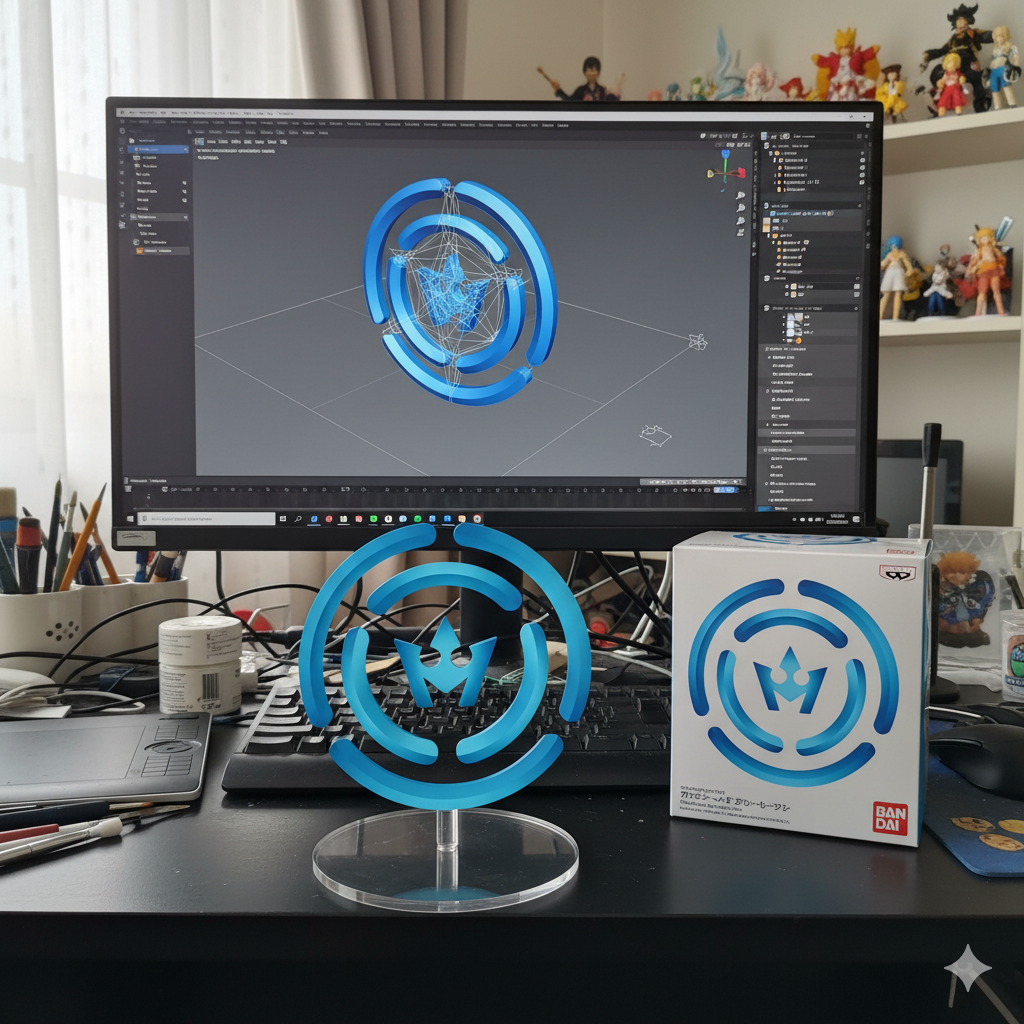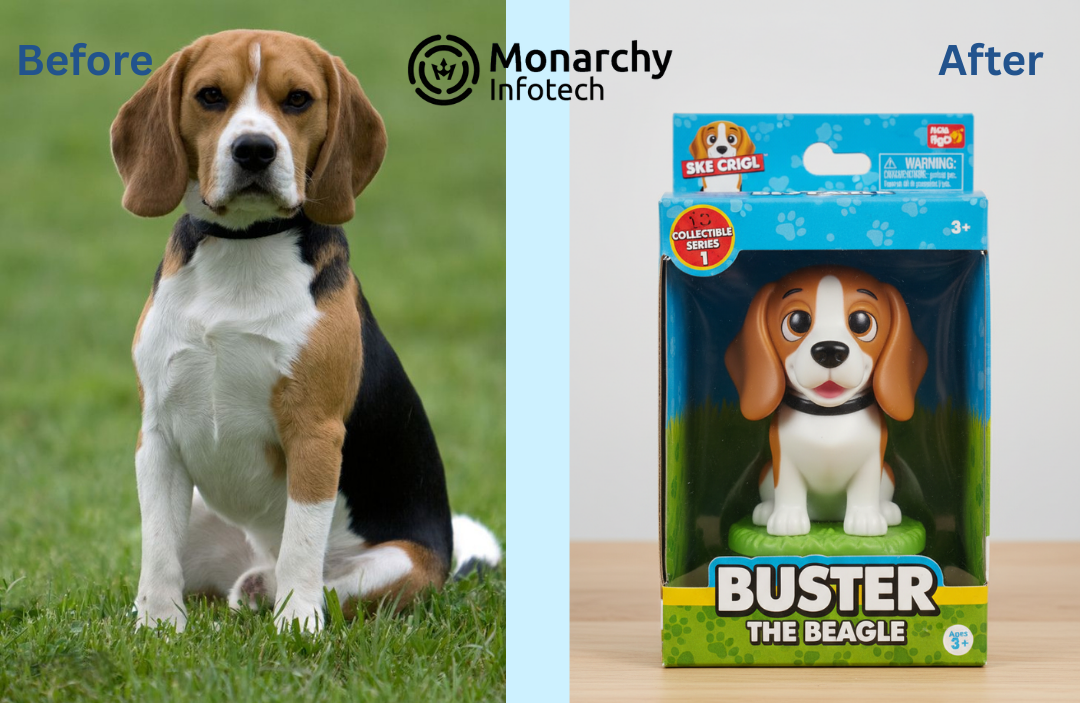This blog discusses creating an app like MyFitnessPal in 2025, including the features you must have, the tech stack you should use, and the cost of development. From calorie counting and exercise logging to AI-driven personalization and wearable integrations, we'll dissect everything you need to do to develop a competitive fitness app. Whether a startup or an established company venturing into the health-tech sector, this guide will make you familiar with the steps, pitfalls, and opportunities involved in creating a successful fitness and nutrition tracking application.

How to Build an App Like MyFitnessPal: Features, Tech Stack & Cost in 2025
How to Develop an App Like MyFitnessPal: Features, Tech Stack & Cost in 2025
The market for health and fitness apps has expanded manifolds, and apps like MyFitnessPal are the first preference for millions of users to monitor calories, workouts, and lifestyle. If you're about to develop a similar app in 2025, you have to know about the basic features, the appropriate tech stack, and the cost involved.
This tutorial will take you through all that you must learn to create a fitness app similar to MyFitnessPal.
1. Why Develop a Fitness App Similar to MyFitnessPal in 2025?
- Booming Market: The worldwide market for fitness applications is expected to hit $30+ billion by 2030.
- Rising Health Awareness: Pandemic-induced lifestyles have led users towards digital healthcare solutions.
- Wearable Integration: Fitness trackers and smartwatches drive demand for connected fitness apps.
- Monetization Options: In-app ads, premium offerings, and subscription models are revenue sources.
2. Features Every Fitness App Like MyFitnessPal Should Have
To be competitive in 2025, your app must include:
🔹Core Features
- User Signups & Profiles – Registration through email, social media, or fitness trackers.
- Calorie & Nutrient Tracking – Food database including calorie and nutrient information.
- Workout Tracking – Exercise tracking, steps, and personalized workout routine tracking.
- Barcode Scanner & Food Identification – Easy meal logging through AI-enabled detection.
- Progress Tracking – Charts, reports, and badges to encourage users.
- Community & Social Sharing – Forums, challenges, and leaderboards for interaction.
🔹Sophisticated Features for 2025
- AI-Enabled Personalization – Custom diet and exercise plans.
- Integration with Wearables & IoT – Sync with Apple Watch, Fitbit, and smart scales.
- Voice & Chatbot Support – Hands-free tracking with AI-based bots.
- Gamification – Badges, rewards, and challenges for increased motivation.
- AR/VR Workouts – Immersive workout sessions for a future-fit fitness experience.
3. Tech Stack to Create a Fitness App
Selecting the optimal tech stack is important for performance, scalability, and security.
✅ Frontend Development
- Mobile Frameworks: Flutter, React Native, or Swift (iOS), Kotlin (Android).
- UI/UX Design Tools: Figma, Sketch, Adobe XD.
✅ Backend Development
- Languages: Node.js, Python, Java.
- Databases: PostgreSQL, MongoDB, or Firebase for live updates.
- Cloud Services: AWS, Google Cloud, or Azure.
✅ APIs & Integrations
- Nutrition APIs: USDA Food Data Central, Edamam.
- Wearables: Apple HealthKit, Google Fit, Fitbit API.
- Payments: Stripe, PayPal, Razorpay.
✅ Security & Compliance
- Data Encryption (SSL, TLS).
- HIPAA & GDPR Compliance for user health data.
4. Monetization Models for a Fitness App
How do you monetize your MyFitnessPal-like application?
- Freemium Model: Simple features for free, advanced features at a cost.
- Subscription Plans: Monthly/yearly plans with upgraded content.
- In-App Ads: Collaborate with health brands.
- Affiliate Marketing: Promote supplements, gym equipment, or wellness services.
- It varies based on features, platforms, and location of the team.
- MVP (Minimum Viable Product): $20,000 – $50,000
- Feature-Rich App: $60,000 – $120,000
- Advanced App with AI & Wearables Integration: $150,000+
💡 Tip: Outsourcing to India or Eastern Europe can lower costs by 30–40%.
6. How to Build a Fitness App Like MyFitnessPal
- Market Research & Competitor Analysis
- Define Core Features & Monetization Strategy
- UI/UX Wireframing & Prototyping
- Select Tech Stack & Development Team
- Create MVP & Test with Real Users
- Refine & Introduce Advanced Features
- Release & Market Your App






